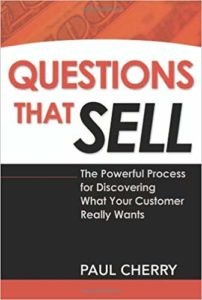New Blogging Means Being Controversial

Be controversial, is the advice Ryan Deiss and Russ Henneberry, authors of Digital Marketing for Dummies. give writers. The idea – making yourself stand out by bringing up controversial topics even if you worry some of your readers won’t agree.
Whatever the topic, you have to answer four questions that will be in readers’ minds, Deiss and Hennberry stress:
- Why now? (Why is the information you’re offering timely?)
- Who cares? (Who in the target audience is likely to be affected by having or not having what you’re selling?)
- Why should they care?) How will their lives be different with your product or service?)
- Can you prove it? (Here’s where case studies, testimonials, and news stories come in.)
Daniel of Freerange Communications agrees. “One way to increase organic traffic and build engagement is by writing controversial content while backing up your opinions”. But, he cautions, “You cannot simply contradict what everyone else is saying…You need to support your arguments with accurate sources and data.
Daniel lists three possible approaches to writing controversial blog posts:
- Riding coattails:
Using an already popular subject to prove your point. For example, “Why Steve Jobs Constantly Ignored His Customers” - This versus that:
“5 reasons email marketing is better than social media marketing”. - Being the messenger:
“The ——- Myth Debunked”
If you decide to write about a heated topic, tackle the topic boldly, using clear sentences. You can even present arguments for both sides while making sure that the side you pick is clear, Daniel advises.
In blog content writing training sessions, I’ve always emphasized to content writers that blogs must have a strong, “opinionated” voice. Posts must go far beyond Wikipedia-page-information-dispensing and offer the business owner’s (or the professional’s, or the organization executive’s) unique perspective on issues related to the search topic.
In any field, there will always be controversy – about best business practices, about the best approach to providing professional services, about acceptable levels of risk, even about business-related ethical choices. Rather than ignoring the controversy, bloggers need to comment on the different views and “weigh in”. New Blogging will consider controversy a tool for thought leadership.





Follow us online!